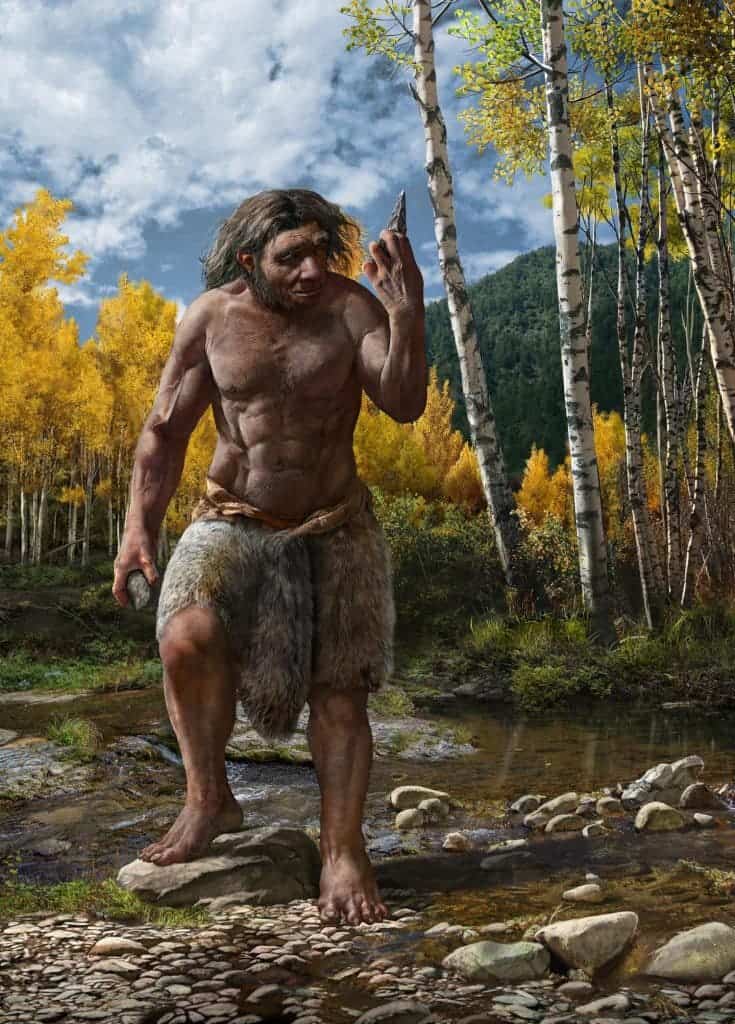
Last week, paleontologists in China broke the news that they have identified a 146,000-year-old cranium that may belong to a distinct, up until now unidentified species of humans. This tentative new species, known as Homo longi, or Dragon Man, has a mix of features shared by Neanderthals, Denisovans, and humans. If it is indeed a new species, scientists believe it may be the closest relative to modern humans, replacing the Neanderthals as our closest extinct kin.
The Dragon Man skull

The skull was found near Harbin, a town in northeast China, in 1933 by bridge construction workers. Its potential importance was missed until 2018 when it reached the hands of a team of paleontologists led by Xijun Ni, a professor of primatology and paleoanthropology at the Chinese Academy of Sciences and Hebei GEO University.
Unlike most other hominin fossilized skulls that are usually crushed and fragmented, the Harbin skull was discovered remarkably intact. Its only major flaw is that it has only one tooth still attached to the mandible, a left molar.
In a series of three papers, the researchers described the extraordinary skull, which could hold a brain comparable in size to modern humans. It features almost square eye sockets beneath a heavy brow ridge reminiscent of the Neanderthals but has a wide face with small, flat cheekbones that is typical of modern humans. The cranium, which scientists believed belonged to a 50-year-old male, also features a wide mouth and oversized teeth.
“The Harbin fossil is one of the most complete human cranial fossils in the world. This fossil preserved many morphological details that are critical for understanding the evolution of the Homo genus and the origin of Homo sapiens. While it shows typical archaic human features, the Harbin cranium presents a mosaic combination of primitive and derived characters setting itself apart from all the other previously named Homo species,” said Qiang Ji, a professor of paleontology at Hebei GEO University.
A new species of human? not so fast

Like modern humans, Homo longi probably hunted mammals and birds, gathered wild fruits and vegetables, and perhaps even caught fish. Considering the Harbin individual was large in stature, as well as the location where it was found, the researchers believed that H. longi was well adapted to harsh environmental conditions.
Geochemical analyses showed that the Harbin man fossils are at least 146,000 years old, placing them well within the Middle Pleistocene, an era when humans were busy dispersing across the world. It is thus very likely that H. longi encountered Homo sapiens, as well as Denisovans and Neanderthals.
“We see multiple evolutionary lineages of Homo species and populations co-existing in Asia, Africa, and Europe during that time. So, if Homo sapiens indeed got to East Asia that early, they could have a chance to interact with H. longi, and since we don’t know when the Harbin group disappeared, there could have been later encounters as well,” says author Chris Stringer, a paleoanthropologist at the Natural History Museum in London.
When the researchers reconstructed the human tree of life to account for H. longi, they found that the tentative new species is even more closely related to us than Neanderthals and represents a sister species. This implies that Homo sapiens must have split from Neanderthals even further back in time, diverging from a common ancestor roughly 400,000 years earlier than scientists had previously thought.
“It is widely believed that the Neanderthal belongs to an extinct lineage that is the closest relative of our own species. However, our discovery suggests that the new lineage we identified that includes Homo longi is the actual sister group of H. sapiens,” says Professor Ni.
But is Homo longi truly a new species of human? It’s a bit too early to tell. The Harbin man may well be a Denisovan, an extinct species of archaic human that ranged across Asia during the Lower and Middle Paleolithic and whose fossil record is very scant. So far, the only fossils we have found of Denisovans include a finger bone, a few teeth and a skull fragment retrieved from Denisova Cave in Siberia, and a jawbone from Xiahe, northern China.
According to Ars Technica, when “Ni and colleagues did their statistical analysis, they pointed out that the Harbin skull fell into a group along with the 160,000-year-old Denisovan mandible from Xiahe. Given the great diversity of shapes and sizes that human skulls come in, it wouldn’t be that surprising for the Harbin skull to actually belong to the range of diversity for Denisovans.
If scientists manage to extract DNA from the Harbin skull, they could then compare it to the genomes of Denisovans, Neanderthals, and modern humans, to which we have access. That would settle at least some of the debate.
In any event, the Harbin skull is hugely significant. If it turns out to be a distinct species, then the human tree of life just got enlarged with one member. If subsequent research shows it is from a Denisovan, then we’ll finally know what these rather mysterious cousins looked like. So a win/win for science.






